
Children's Jewelry Compliance Certification Testing
Who says only adults can wear jewelry? With the increasing popularity of children's jewelry, many young girls collect some jewelry in their jewelry boxes. At the same time, more and more people are concerned that the chemicals used in these products may pose a health threat to children.
China JJR Laboratory provides comprehensive children's jewelry testing to ensure the safety and quality of the products. Excessive heavy metals may cause contact allergies and dermatitis. Children's jewelry and accessories such as bracelets, earrings, necklaces, and rings sold in the European Union market must comply with the requirements of the Registration, Evaluation, Authorization, and Restriction of Chemicals (REACH) for nickel release, lead, cadmium, and phthalates.
Products intending to enter the U.S. market must meet the requirements of the Consumer Product Safety Improvement Act (CPSIA), the American Society for Testing and Materials (astm f2923-11), and California Proposition 65 for restricted chemicals. China JJR Laboratory can perform mechanical testing on children's jewelry, including but not limited to tensile, compression, and fire resistance tests under conditions of repeated and prolonged use.
China JJR Laboratory's children's jewelry testing services include:
- Total Lead Content
- Total Cadmium Content
- Nickel Release
- Heavy Metal Testing
- Phthalates
- Physical Testing (Tensile, Torque, Flammability, Sharp Points, Sharp Edges, Small Parts, etc.)
Applicable Standards by Region:
- Europe: EN71-3, EN1811, EN12472 & EN12471, REACH
- U.S.: CPSIA, ASTM F2923-11 & ASTM E1613, California Proposition 65
- China: GB 28480
Email:hello@jjrlab.com
Write your message here and send it to us
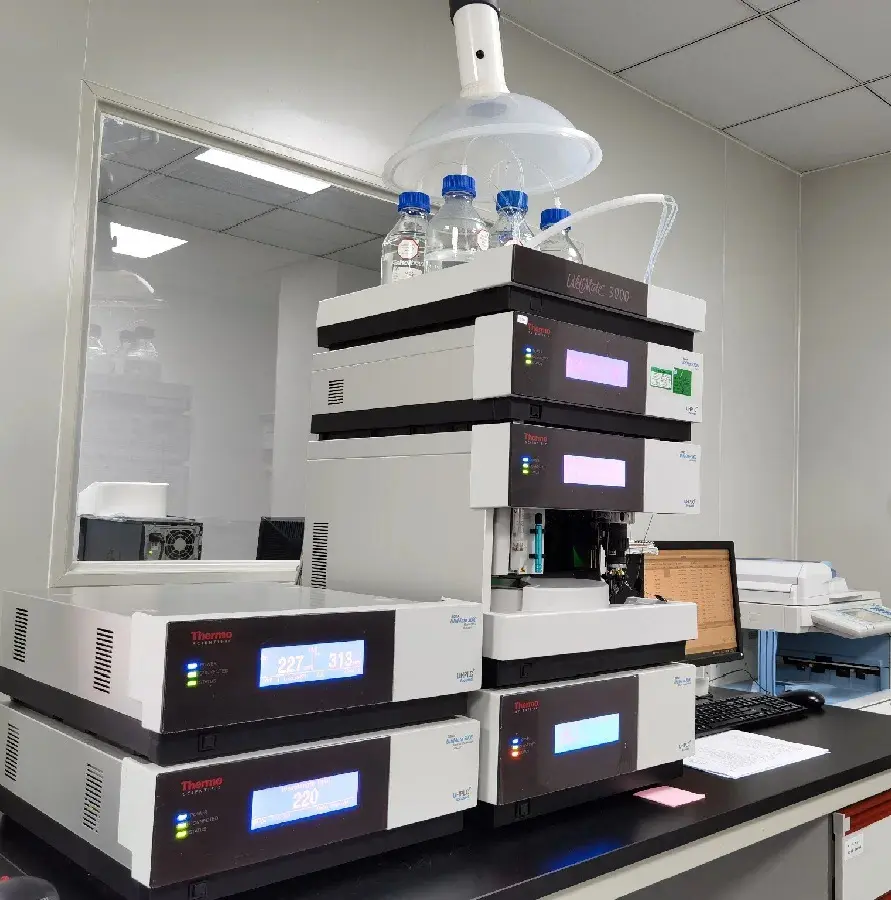 Packaging Validation ISO 11607 Test Report
Packaging Validation ISO 11607 Test Report
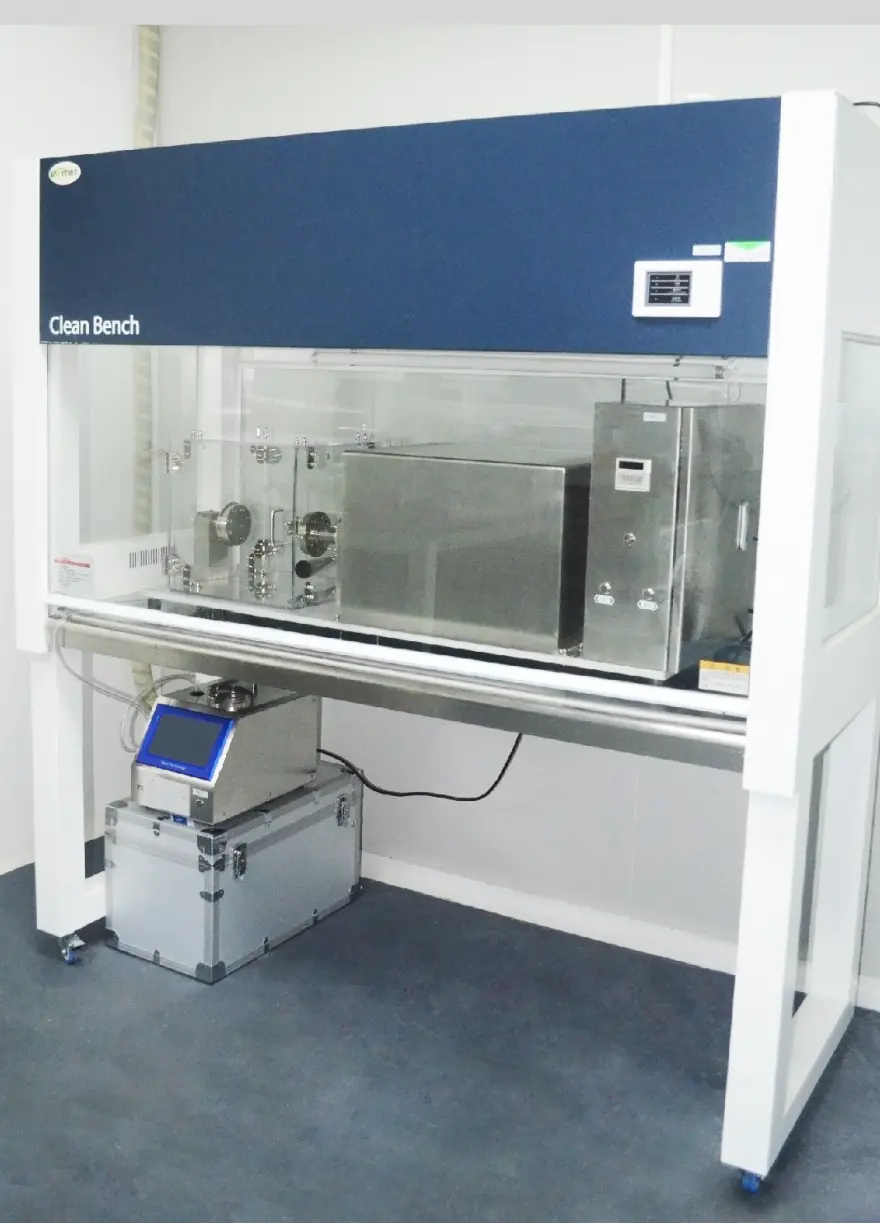 What is the ISO 11607-1 Packaging Validation Test?
What is the ISO 11607-1 Packaging Validation Test?
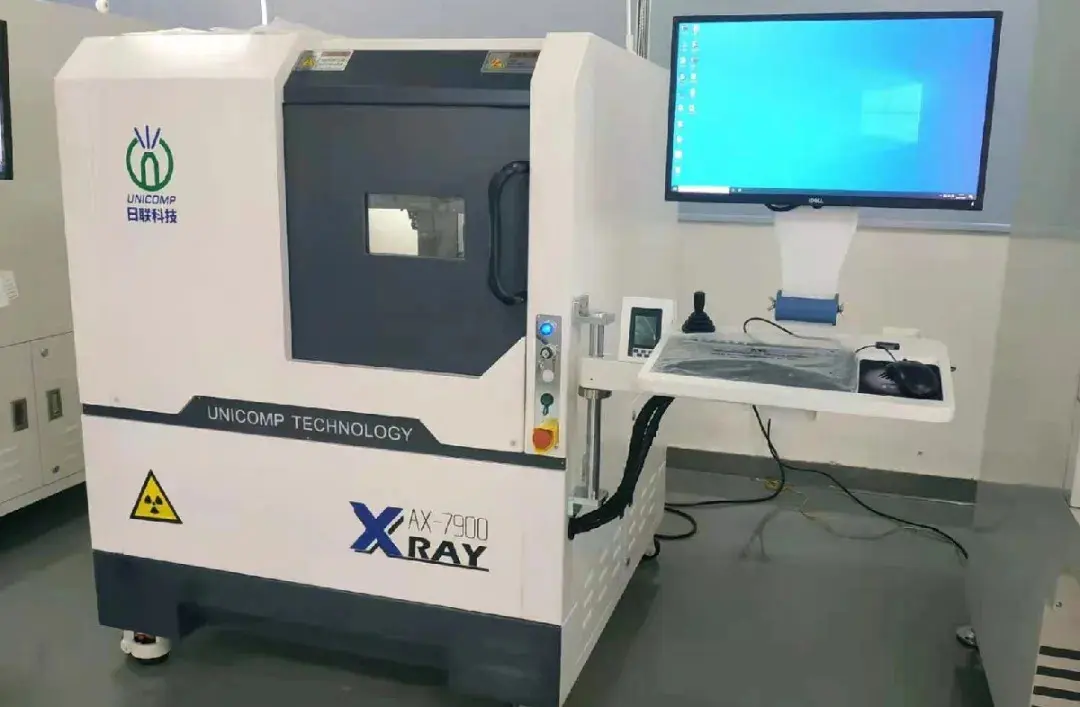 How to get an ISO 11737-1 Test Report?
How to get an ISO 11737-1 Test Report?
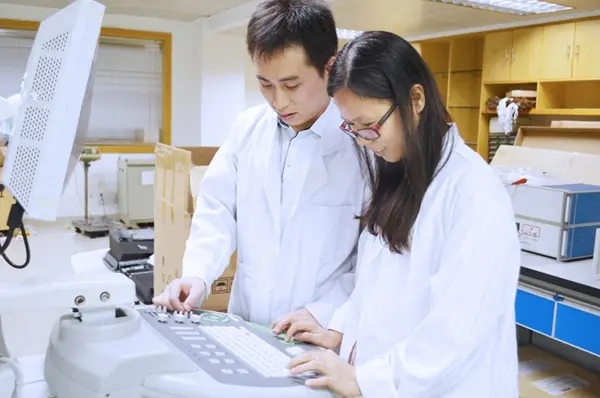 Orthopedic Implant Cleanliness Testing
Orthopedic Implant Cleanliness Testing
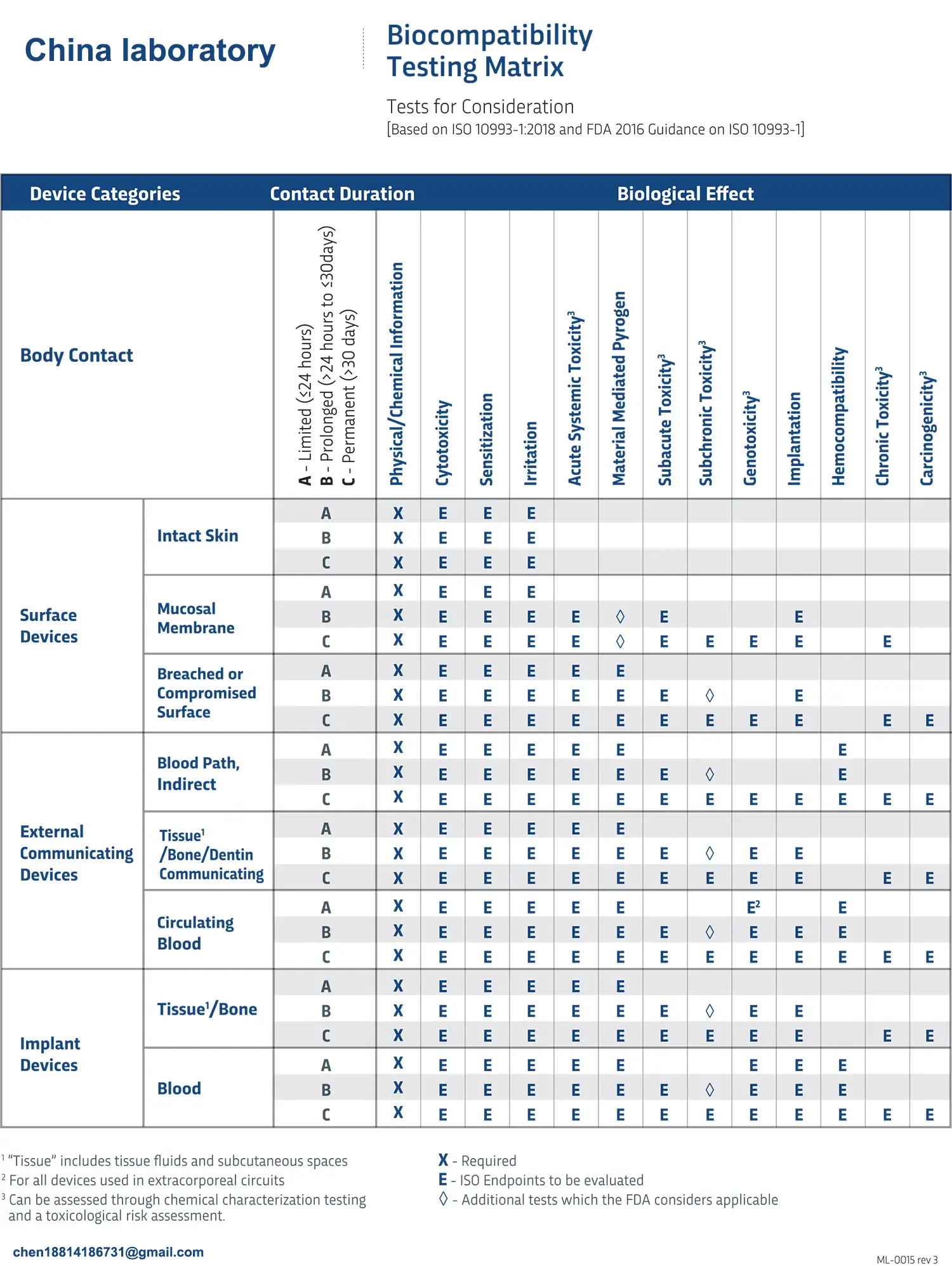 What is ISO 10993-23:2021 Irritation Testing?
What is ISO 10993-23:2021 Irritation Testing?
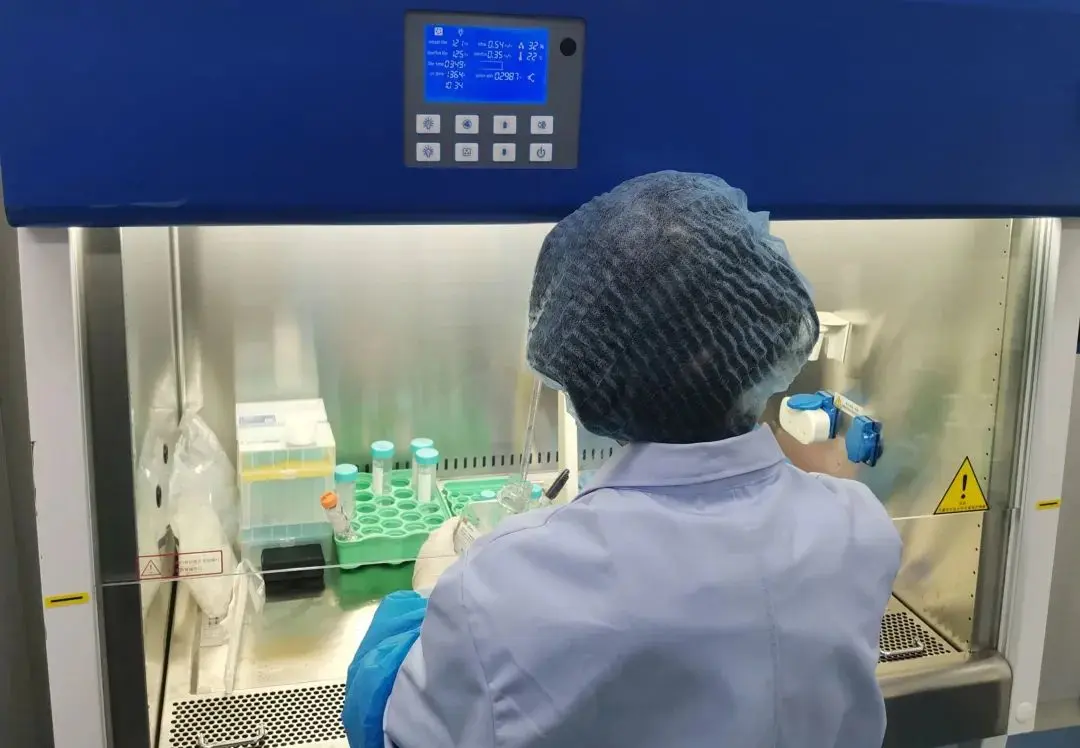 ISO 10993-23 Irritation Testing Laboratory
ISO 10993-23 Irritation Testing Laboratory
 EMI Emissions Testing
EMI Emissions Testing
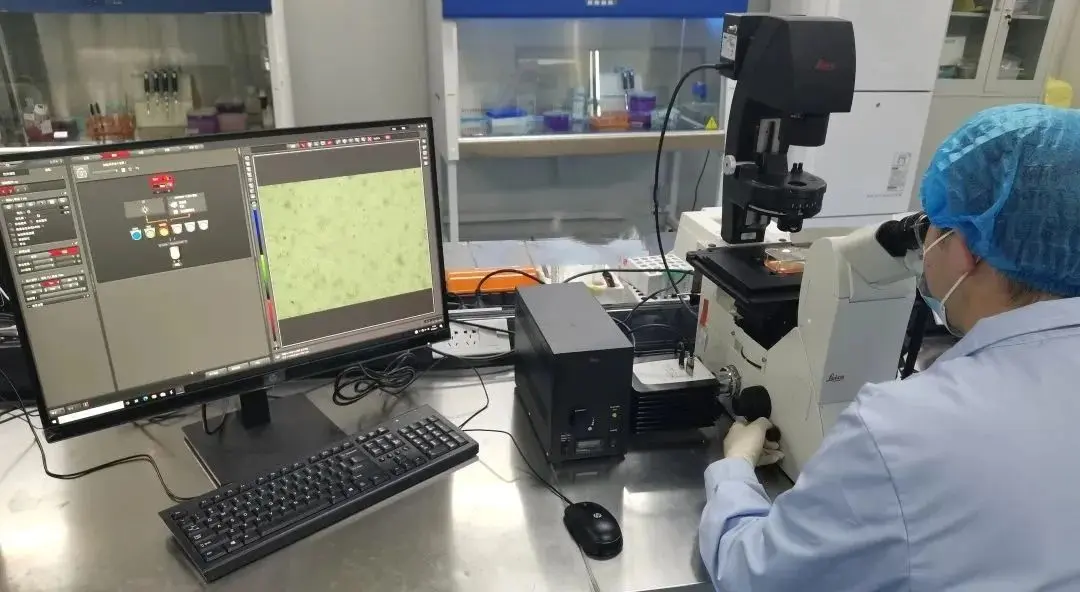 EMC Standards for Medical Devices
EMC Standards for Medical Devices
Leave us a message
24-hour online customer service at any time to respond, so that you worry!




